Last fall, an emergency excavation campaign carried out by the Superintendence brought to light a nucleus of ten Etruscan burials, dating from the Villanovian and Archaic periods (8th-5th centuries BC), in the heart of the Monterozzi necropolis. , a few dozen meters from the Tomb of the Bulls and the Tomb of the Augurs.
Now, after the first restoration works, some of the surprising discoveries made in one of the tombs are finally revealed.
The works were necessary to secure a series of cavities that had been opened as a result of excessive plowing on private land, whose archaeological interest was well known.
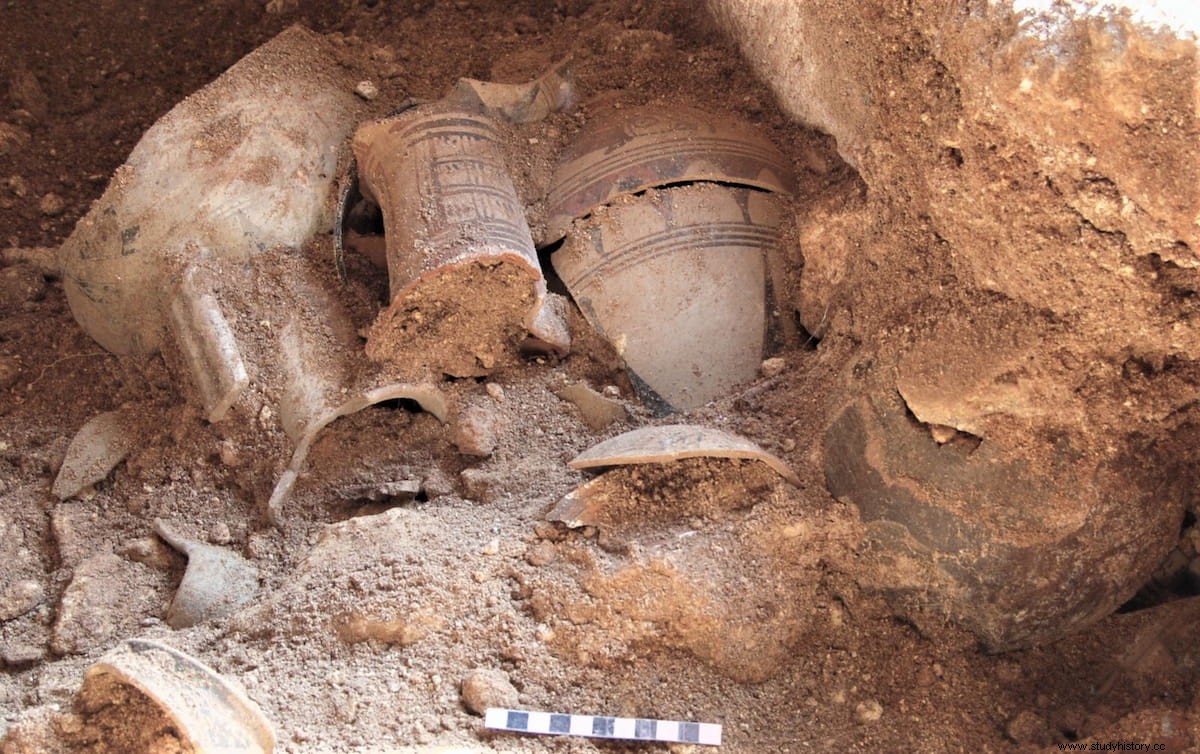
Unfortunately, as is often unavoidable in the case of burials so close to the surface and accessible from the road, all the contexts had already been accessed in the past, to remove the grave goods, in some cases with devastating effects due to the collapse of the vaults and walls.
However, the archaeologists from the company EOS ARC, in charge of the work, were lucky:one of the funerary complexes, in fact (the closest to the road, from which the investigations began), had been "visited" , but in ancient times, by desecrators interested in obtaining precious metals instead of ceramics and other funerary objects.
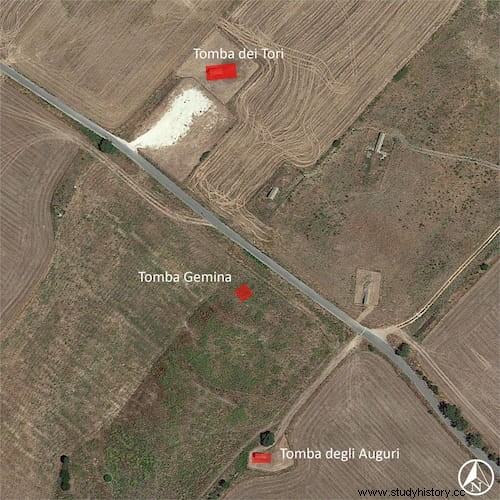
This circumstance made it possible to recover dozens of ceramic pieces and other objects and gather information on the original context.
The tomb dates back to the first half of the 7th century BC – explains Daniele Federico Maras, official of the Superintendence for the Tarquinia territory – It is of the “twin” type, that is, formed by two independent chambers one next to the other, almost identical to each other and open to the southwest in as many open vestibules, which are accessed by a steep staircase.
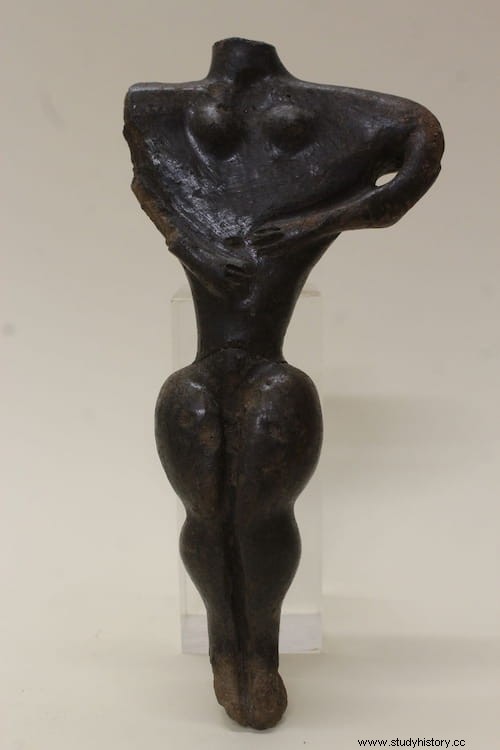
The ceiling of both chambers is of the slit type, with a pointed vault carved into the rock, closed at the top by a series of slabs of nenfro (a type of volcanic rock), while along the left wall there is a bed which, in the case of the northernmost chamber, is decorated with legs in relief .
The doors were sealed with nenfro slabs, which were pierced by the clandestines of yesteryear to access the tombs, and carefully closed again after looting, in an unusual demonstration of respect for the deceased. But unfortunately, in the case of the north chamber, the resistance of the slab led the desecrators to remove two blocks from the ceiling, causing it to collapse over time.
Beneath the rubble of what is now known as Tomba Gemina and rummaging through the loose earth, archaeologists collected fragments of polished paste vessels, sometimes with incised decorations or configured shapes; a clay statuette representing a crying woman; several buccheros glasses Etruscans with engraved and painted geometric motifs, including some pieces decorated by the so-called Painter of the Palms; ancient Euboean cups; various elements of wood and iron; the fragments of a thin sheet of gold, evidently the residue of precious plating, which had been stolen by ancient desecrators.
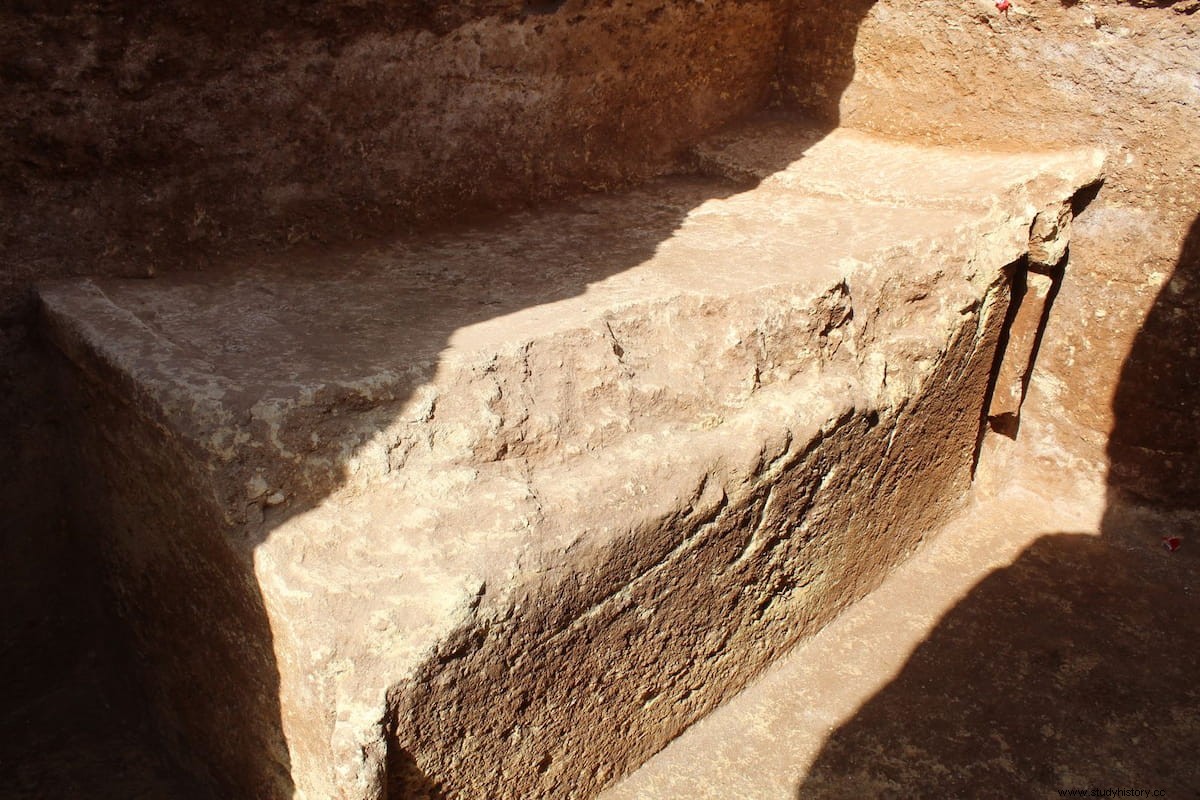
All the material was found destroyed , comments Maras, probably intentionally broken by clandestine excavators to search for imaginary treasures hidden in the vessels . However, fortunately, the fragments remained in the ground and are now being finally restored, to be returned to public use .
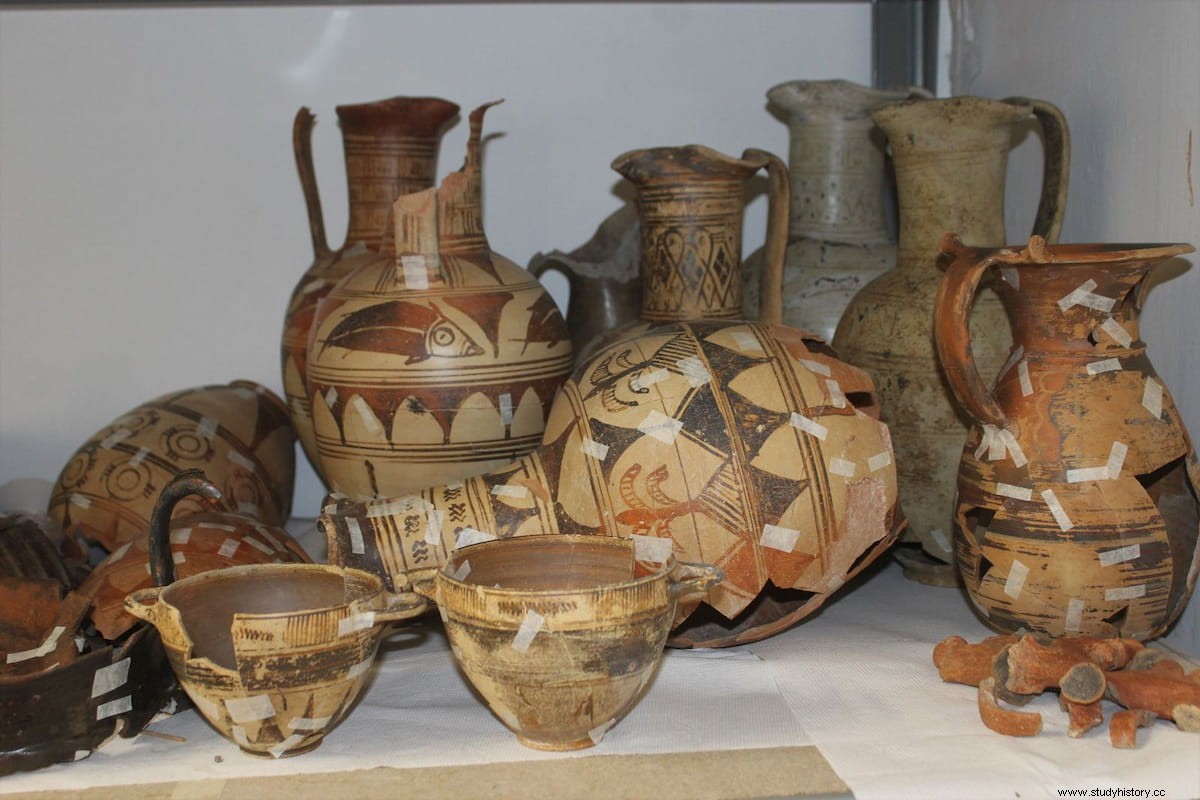
The Superintendency, in fact, has ordered that the Tomba Gemina is left exposed at the end of the excavation and is planning to secure it with a suitable cover, so that it can be opened to visitors. Meanwhile, the long works of conservation of the finds continue, at the end of which it will be possible to return them to the people of Tarquinia and to the public, with the exhibition of the entire funerary context.
